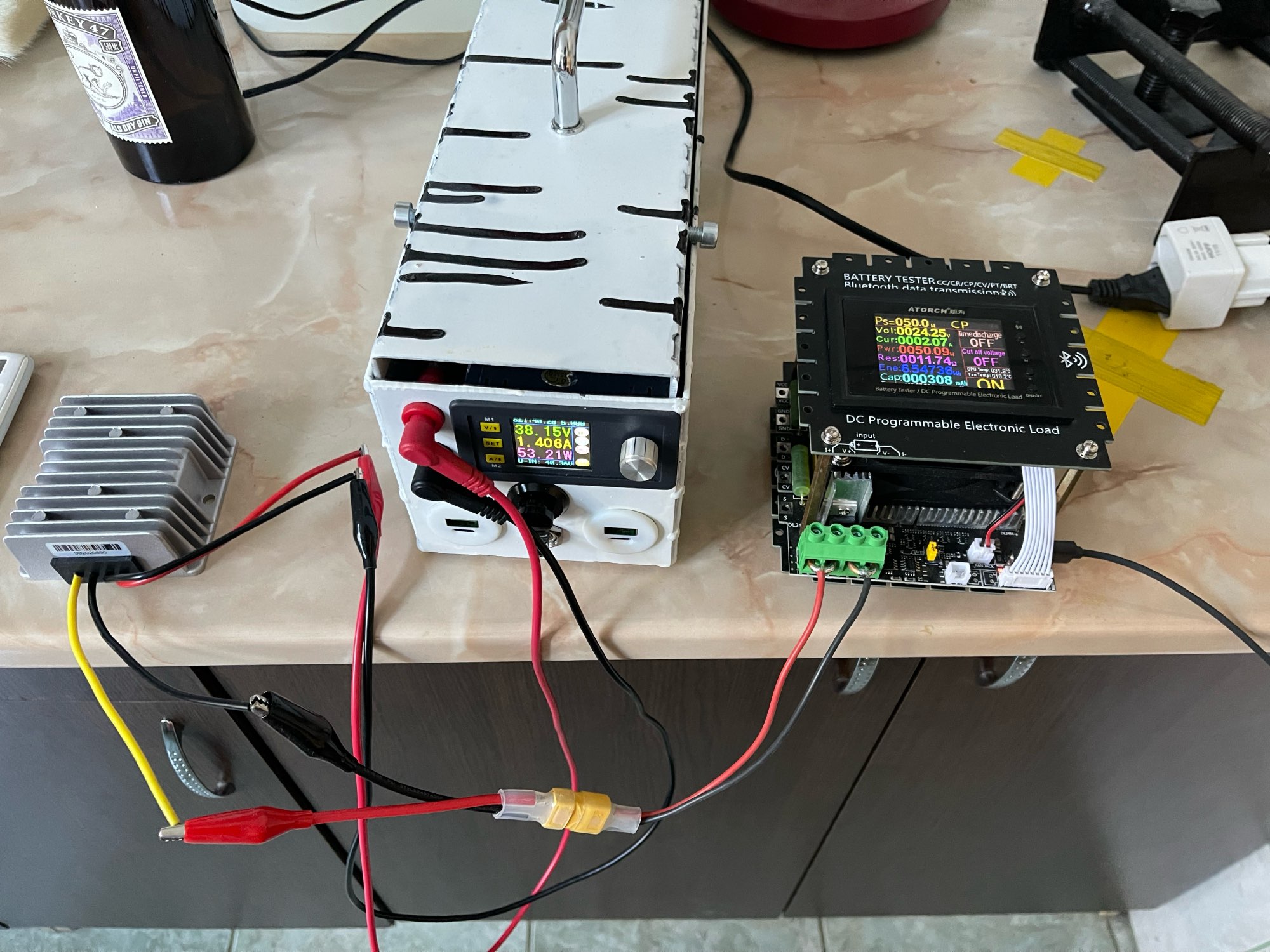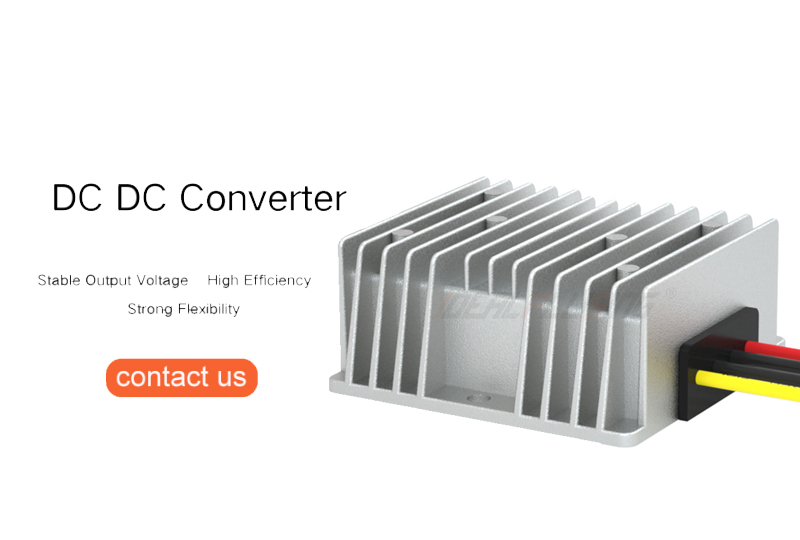A DC power supply is a power supply device that can provide stable direct current. A DC power supply is usually composed of a power transformer, a rectifier circuit, a filter circuit, and a voltage stabilization circuit.
The main feature of a DC power supply is that the magnitude and direction of the output voltage and current do not change over time and have good stability. In fields such as electronic equipment and control systems, DC power supplies are widely used to provide stable power to ensure the normal operation of the equipment.
The output voltage and current of a DC power supply can be adjusted by adjusting the parameters of the power supply or using adjustable resistors. In a battery-powered system, a DC power supply can provide stable voltage and current to ensure the safe use and effective charging of the battery.
A DC power supply is an important power supply device that can provide stable and reliable DC power and provide reliable energy support for various electronic equipment and control systems.

The current size of a DC power supply can be set in the following ways
1. Adjust the power supply voltage: The voltage of DC power depends on its power supply voltage, so adjusting the power supply voltage can control the current of DC power. By adjusting the output voltage of the power supply, the current in the circuit can be increased or decreased.
2. Use a voltage regulator: A voltage regulator can stabilize the input voltage at a set value to control the current. The voltage regulator steps down the input voltage from the power supply so that it remains constant, even when the input voltage fluctuates.
3. Adjusting the resistor: Adjusting the resistor can control the current. By adjusting the resistor value, the current can be adjusted. This method can be used to control the current of DC power.
4. Converter control: A converter is a power electronic device that converts DC power into another power output of voltage, current or frequency. By adjusting the output parameters of the converter, the current of DC power can be controlled.
5. PWM control: PWM (pulse width modulation) is a way to control the voltage and current of DC power by fixing the duty cycle. By adjusting the duty cycle, the average voltage and current of the output signal can be changed.
It should be noted that in actual applications, the DC voltage should be set to an approximate value based on the rated voltage of the load. In most cases, this adjustable DC voltage is used to change the current, and changing the DC current will also change the voltage within a certain range.
Therefore, the next step of adjusting the tension is relatively simple. Just adjust the two rotary knobs to set the voltage to the desired set value. If the current and voltage cannot be adjusted after following the above steps, it indicates that the power supply is faulty and the power supply should be checked for normal operation.
The steps for using a DC regulated power supply are as follows
1. Connect the power supply of the DC regulated power supply to the mains.
2. Turn on the DC regulated power supply without connecting a load, so that the power supply can output normally and the device can work normally. At this time, the current working voltage and working current will appear on the display of the device.
3. Set the output voltage of the DC regulated power supply, adjust the voltage knob, and see the voltage to be set appear on the digital voltmeter, indicating that the setting is successful. If there are two knobs, that is, dual adjustment, at this time, we should first adjust the coarse knob, and then adjust the precision through the fine adjustment knob.
4. Set the current of the DC regulated power supply, adjust the current knob, so that the current value of the device reaches the set current.
5. Set the overvoltage protection OVP. Overvoltage setting refers to further limiting an upper limit voltage within the adjustable voltage range of the power supply itself to prevent the power supply from outputting too high a voltage when operating incorrectly. Generally, the overvoltage can be set to 120% of the highest working voltage at normal times.
The overvoltage setting requires a flat-blade screwdriver to adjust the potentiometer recessed in the panel, which is also a design to prevent misoperation. When setting the OVP voltage, first adjust the power supply working voltage to the target overvoltage point, and then slowly adjust the OVP potentiometer to make the power supply protection just work.
At this time, the OVP setting is completed. Then, turn off the power supply, lower the working voltage, and it will work normally. Refer to the third step above to set the working voltage. Different power supply settings have different OVP methods.
6. There is also remote control. If used locally, turn off the remote control operation of the device.
In addition, when using a DC regulated power supply, you need to pay attention to safety and follow relevant operating procedures and safety regulations. For example, you need to turn off the power switch first during debugging, and make sure that the power cord is not damaged before testing.






